Cities in Africa
Visit Nairobi
Nairobi is the capital and the largest city of Kenya, one of the biggest Cities in Africa. Nairobi City is a transit point that most travellers to Kenya will pass through. It is worth taking a few days to experience this bustling metropolis. The name comes from the Maasai phrase Enkare Nairobi, which translates to "cool water", a reference to the Nairobi River which flows through the city. The city is popularly referred to as the Green City in the Sun.
About Nairobi
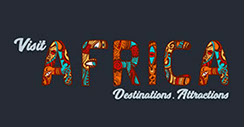
+256 760 038002 | +256 753 456707
info@visitafrica.site
Nairobi was founded in 1899 by the colonial authorities in British East Africa, as a rail depot on the Uganda Railway. The town quickly grew to replace Mombasa as the capital of Kenya in 1907. After independence in 1963, Nairobi became the capital of the Republic of Kenya. During Kenya's colonial period, the city became a centre for the colony's coffee, tea and sisal industry. The city lies on the River Athi in the southern part of the country, and has an elevation of 1,795 metres (5,889 ft) above sea level.
Nairobi is an established hub for business and culture. The Nairobi Securities Exchange (NSE) is one of the largest in Africa and the second-oldest exchange on the continent. It is Africa's fourth-largest exchange in terms of trading volume, capable of making 10 million trades a day.
Geography
Nairobi is situated between the cities of Kampala and Mombasa. As Nairobi is adjacent to the eastern edge of the Rift Valley, minor earthquakes and tremors occasionally occur. The Ngong Hills, located to the west of the city, are the most prominent geographical feature of the Nairobi area. Mount Kenya is situated north of Nairobi, and Mount Kilimanjaro is towards the south-east. Nairobi's western suburbs stretch all the way from the Kenyatta National Hospital in the south to the UN headquarters at Gigiri suburb in the north, a distance of about 20 kilometres (12 mi). The city is centred on the City Square, which is located in the Central Business District.
Climate
Nairobi has a subtropical highland climate, At 1,795 metres (5,889 ft) above sea level, evenings may be cool, especially in the June/July season, when the temperature can drop to 9 °C (48 °F). The sunniest and warmest part of the year is from December to March, when temperatures average in the mid-twenties Celsius during the day. The mean maximum temperature for this period is 24 °C (75 °F). There are rainy seasons, but rainfall can be moderate. The cloudiest part of the year is just after the first rainy season, when, until September, conditions are usually overcast with drizzle. As Nairobi is situated close to the equator, the differences between the seasons are minimal. The seasons are referred to as the wet season and dry season. The timing of sunrise and sunset varies little throughout the year for the same reason.
History
The word Nairobi is derived from a water hole known in Maasai as Enkare Nyorobi, which means "cool waters". Nairobi, which had been a swamp area, was founded in 1899 as a railway camp for the Uganda Railway. By 1905, the city had become the capital of Kenya (then the British East Africa Protectorate), supplanting Mombasa and Machakos, the previous capitals. With the spread of plagues in the early 1900s, the town was burnt down and had to be rebuilt. Having a railway helped it to grow rapidly, becoming the second largest city in Kenya behind Mombasa. Nairobi also grew due to administration and tourism businesses (mostly big game hunting).
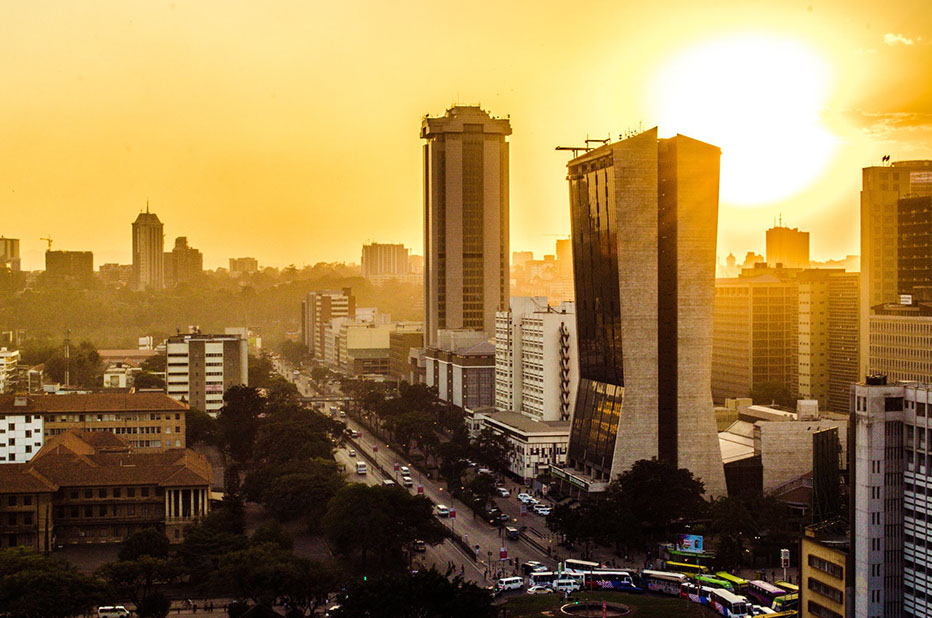
Getting In
- By Plane; JKIA Jomo Kenyatta International Airport > Nairobi’s main airport, and one of Africa's largest hubs. The main terminal building was destroyed by fire in 2013. Terminal 1A is the reconstructed section, and is linked to Terminal 1C by walkways both airside and landside. Terminal 1A has a small food court upstairs airside, and there is a Nairobi Java House between the two terminals airside.
- By Train; Nairobi has become much more accessible by rail. Kenya Railways has opened a railway linking Nairobi and Mombasa, reducing travel time between the two cities to 5/6 hours. The express train leaves daily at 2:20PM, a slower service leaves at 8AM, stopping at more intermediate stations.
- By Matatu; Matatus (14- to 18-seater minibuses) and shuttles (6-seater cars) are convenient, inexpensive (and often the only) modes of public transport for connecting Nairobi with towns and tourist destinations in the Rift Valley and Central Highlands such as Naivasha, Nyeri, Nanyuki, Isiolo, and Thika.
- By Bus; Nairobi is the centre of Kenya’s (mostly reliable) bus system. There are many bus companies operating to and from the country’s different cities.
- By Boat; Entry into Nairobi by boat is not possible, however one could certainly arrive in Kenya by boat via Mombasa or Lamu, proceeding by road, air or rail to Nairobi. Immigration should be processed at the port facility.
Getting Around
- By Hired Car; Hiring a car is convenient as it allows you the freedom to explore Nairobi at your own pace. Most rental companies in Nairobi offer self-drive and chauffeured options respectively. You will find that a large fleet of cars available for hire are Japanese: Toyota, Nissan or Mitsubishi. You can hire both automatic and manual transmission. All rental cars are right-hand drive.
- By Taxi; Taxis are neither very cheap nor prevalent. Prices should always be negotiated before the trip, and paid afterwards (only cash is accepted, often with limited change available). This can be tricky as it requires you to be knowledgeable on the market rate price of the ride you wish to take. Typically, taxis can be found parked around hotels, malls, and tourist areas. The taxis tend to be marked with a yellow line on each side. Your best bet is to ask a local or enquire at your hotel.
- By Foot; Walking around Nairobi is fairly easy since the city is small and places are easy to get to. However, there are some areas within the city where tourists should not go, and walking around at night should be minimised.
- By Bus (Matatu); Matatus (public minibuses/commuter buses) are generally used for travelling between downtown Nairobi and the suburbs. Matatus vary in size, between the van sized 14-seat matatus and the larger 50-seat buses.
- By Road (Car); Car hire from the airport is possible, and fairly painless with prices in line with other African countries. In the recent past Nairobi had a severe car-jacking problem, but because of increased police check-points it is marginally safer these days.
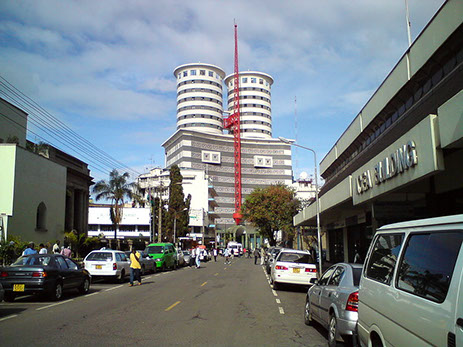
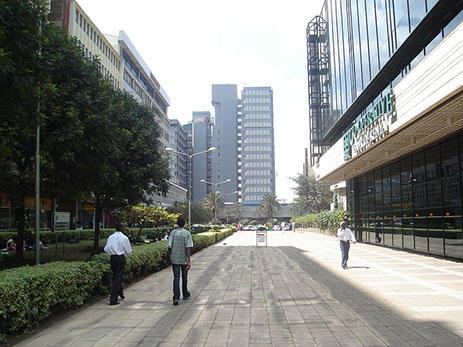
Attractions (What to See)
Nairobi is known as the safari capital of Africa, however the city has still managed to keep up with modernization. Unlike other cities, Nairobi is surrounded by 113 km² (70 mi²) of plains, cliffs and forest that makes up the city’s Nairobi National Park. The city is filled with many things to do during the day and the night. Tourists can have their pick from numerous safaris (wildlife, cultural, sport, adventure, scenic and specialist), ecotourism tours, restaurants, culture, shopping and entertainment. While in Nairobi, tourists can also engage in numerous sports from golf, rugby, athletics, polo, horse-racing, cricket and football (soccer).
- Nairobi National Park; This is home to large herds of zebra, wildebeest, buffalo, giraffe, lion, cheetah, hippo, and birdlife (over 400 species). Here you can also go on the Nairobi Safari Walk, an educational centre to make people aware of wildlife and habitat conservation.
- Sheldrick Elephant Orphanage; They take in orphaned elephants from all over Kenya, and keep them until they are able to survive in the wild. If you are willing to sponsor an elephant for USD50, you can make an appointment to see your elephant put to bed at around 5PM.
- Giraffe Centre; The Centre breeds the endangered Rothschild Giraffe and has conservation/education programmes for Kenyan children. It also has many warthogs and leopard tortoise. You can feed the giraffe, and get close enough to touch them
- Westlands by night; Visit the bustling and hip Westlands district, which has turned into the new nightlife centre of Nairobi. Many restaurants and bars line the busy Woodvale Grove and Mpaka Road. A visit to 'Tree house' club is a must if you are looking for a spacious one and crowd outnumbered with expats, rather than the otherwise congested natives dominated ones.
- City Park; The city park is a good place to spend leisure time without any disturbance within an indigenous forest and with lots of sykes monkeys. They are trustful and come close due to being fed by visitors frequently. As they expect food from the visitors they get moody if you have nothing.
- 14 Falls at Thika; 14 Falls are 55 km from Nairobi, close to the Ol Donyo Sabuk National Park, near the town of Thika, one of the biggest suppliers of pineapples in Kenya. You will see the expansive plantations on your way to the falls. 14 small streams merge to form the big waterfall at the foot of the Kilima Mbogo Hills
- The Anti-Gravity Hill (Kituluni Hill); One of the strangest natural phenomena along the Kenyan Rift Valley is the point that the native Kamba mysteriously call "anti-gravity." Young men gesticulate on the street to demonstrate the "miracle" to visitors for a small fee.
- Olorgesailie pre-historic site; World renown as "world's largest stone-tool factory". Part of the Smithsonian Human Origins global locations. The site has camping spots and nice bandas-huts for rent.
- Hells Gate National Park; A nice alternative to the more traditional Safari. Given the absence of dangerous animals, it is possible to visit this park on foot or by bike. The landscapes are very impressive, especially the descent into the canyon.
- Ol Donyo Sabuk National Park (65 km from Nairobi). Centred on a 2,146m (7,141 ft) mountain, this is mountain forests and plains, with a large population of Buffalo. It also serves as a refuge for Colobus monkeys, bushbuck, duiker, leopard, and a large variety of bird species. Another attraction is to climb the Kilimambogo mountain.
- Swara Plains Conservancy; Swara Plains is a fenced sanctuary where Zebras, Giraffes, Ostriches, Monkeys and many other "non raptor" animals can be observed. Here you can go for a walk or ride a bike something that is almost everywhere prohibited in the national parks but is fun for children
Things to Do
- Go-Down Arts Centre (South of Centre), A former warehouse turned arts centre; this has also happened in Nairobi and this spot allows you to get a glimpse of what contemporary Kenyan artists are up to, including exhibitions, performances and discussions.
- Oloo’s Children Center (OCC); Lend a hand at the volunteer-operated school, take a tour of Kibera, and have a cup of tea with the OCC Founder. The founder of the school lives in Kibera and works to provide children in need with education and meals
- Try excellent food; Nairobi has a great variety of international food.
- Nightlife; Go dancing and be apart of Nairobi's excellent nightlife
- Visit the slum; Do something different visit Kibera, the slums of Nairobi.
- Hiking: there are several goodhiking places near Nairobi too, e.g. in the Chyulu Hills or Ngong Hills;The Ngong Forest Reserve is 25 km south west of Nairobi. Its a popular walking and picnicking venue. The walk is inbetween Ngong and Corner Baridi (Kiserian) and takes about 4 to 5 hours. In Ngong is a station where you have to pay the park entry fee and who likes also for a guide.
- The Ngong Racecourse (Horse Flat-Racing takes place 3 Sundays a month, and is a great way to spend an afternoon).
- Kazuri Beads shop; Started in 1977 the workshop of beads is adjacent to Karen Blixen's Museum. It was started by an English woman to provide sustainable income to poor Kenyan women. Has beautiful jewellery created of clay brought from the areas surrounding Mt. Kenya.
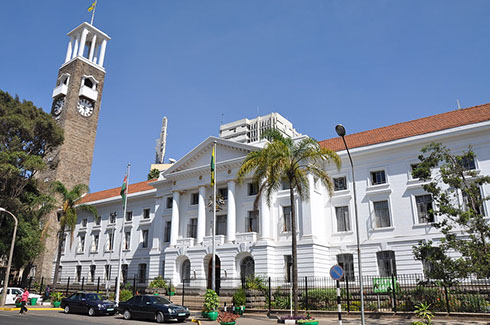
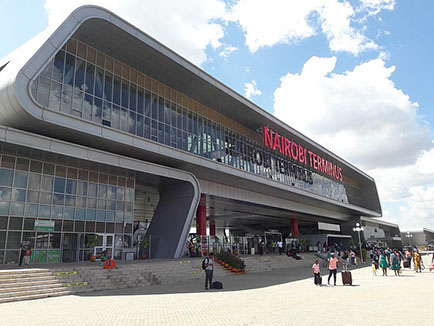
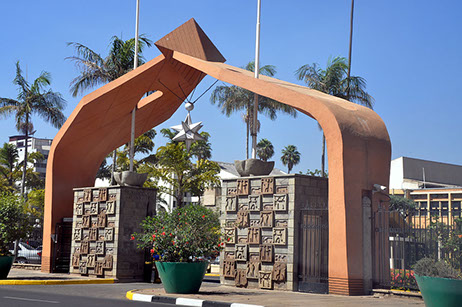
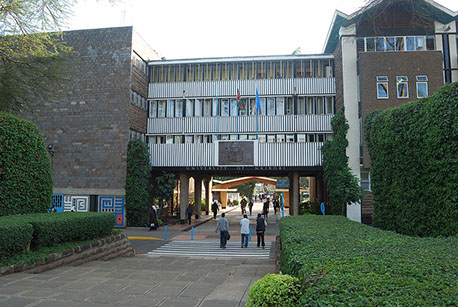
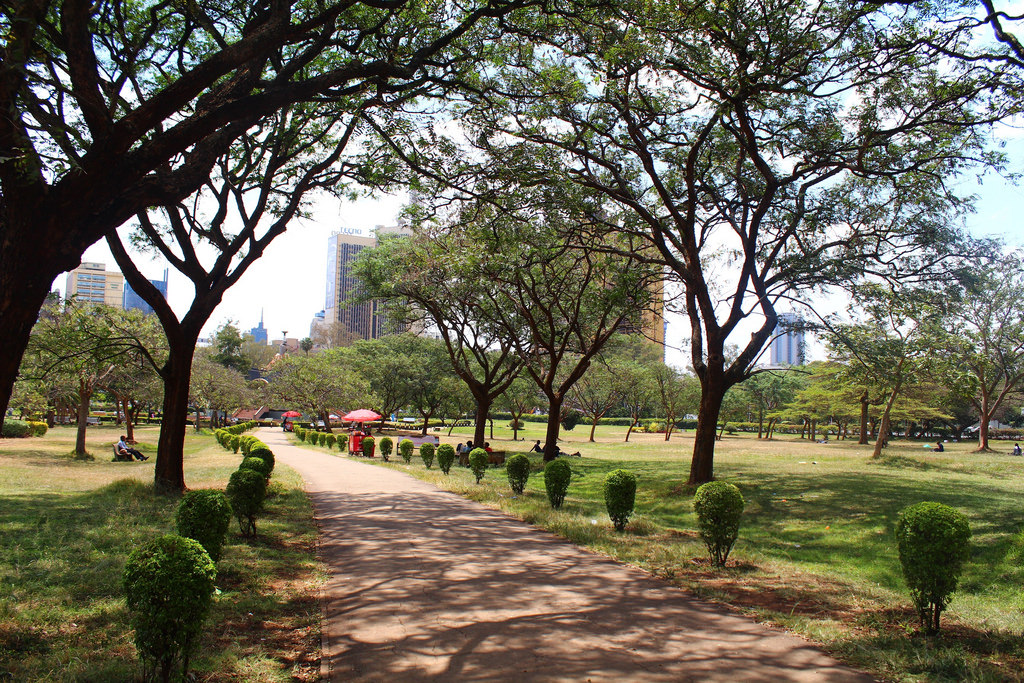
Where to Stay (Accommodation)
- Wildebeest Camp, Mokoyeti West Rd, Langata; Wildebeest Camp has moved from its original location to Mokoyeti West Rd in Langata. It is a beautiful, clean camp with dorms, camp sites, permanent tents, and higher-end rooms. The common area has a comfortable TV room and a reasonably priced restaurant with an outdoor patio. What you get for your money is great.
- Milimani Backpackers & Safari Centre, Oldeani Crescent; During the day it's a safe 15-20 minute walk to the city center. It has internet, WiFi, hot showers, and bar. They offer dorms, doubles, singles, twins, camping space, permanent tents, and cabins.
- New Kenya Lodge, River Rd at Latema Rd; This cheap not so clean place in the city center attracts people from all around the world
- Giraffe Manor; The converted home of the founders of the African Fund for Endangered Wildlife is a few kilometres from the city center. It sits on 57 ha (140 acres) of land. The giraffes can be fed at the front door or even from the second floor bedroom window.
- The King Post, Rhapta Road, Westlands; The King Post brings about a unique architectural synthesis between the East African coast and the lands across the Indian Ocean. it reflects the social and cultural interaction between the regions over more than 2000 years
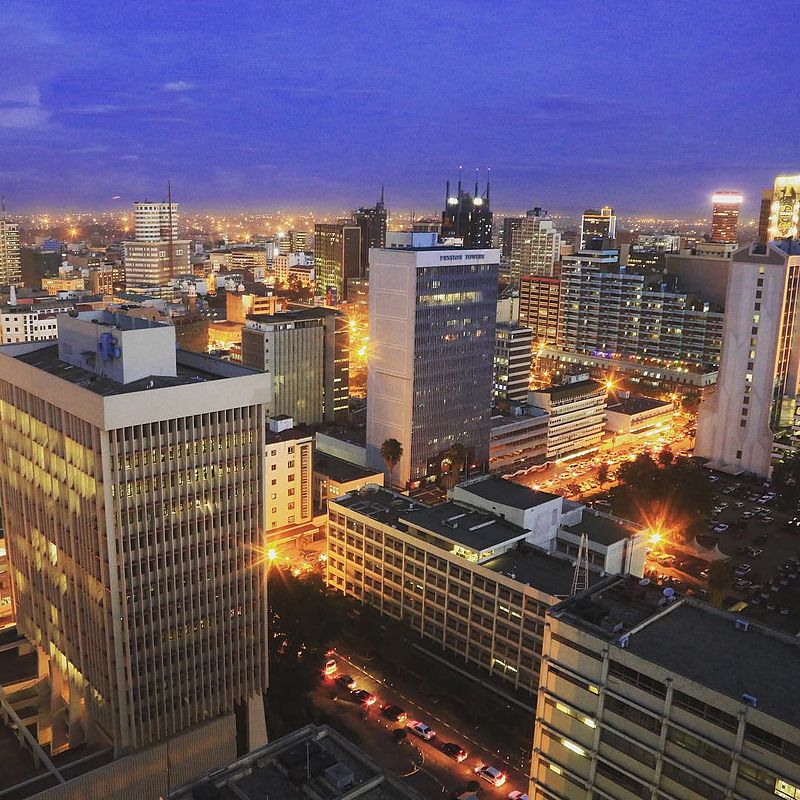
Architect Tourism SMC Ltd is an African tourism company, crafted to inspire and enable a breathtaking beautiful experience of Africa. Visit Africa is one of Architect Tourism SMC tourism brands. Visit Africa is inspired to craft innovative, fun and breathtaking tourism events, trips, excursions, getaways, safari, vacations, holiday, and tours experiences.
Vision: To inspire, craft, and enable a breathtaking beautiful experience of Africa.
Our Values: African, Oneness, Integrity, Client focused, Conservation focused, Innovative, Excellence, Simplicity.
Company Registration Number: 80020002986484 | Company Tax ID: 1018106912

Visit Africa is an African tourism brand, that profiles every tourist destination, in every country, in Africa; Destinations, How to get there, Attractions, Things to do, How to get around, itinerary pricing and Where to stay, for an adventurous breathtaking and thrilling experience of tourism of Africa.
Visit Africa
Destinations
Visit Namibia
We are Social!
Search this website!
Africa
Visit Africa
Visit Uganda
Visit Tanzania
Visit Zimbabwe
Visit South Africa
Visit Kenya
Visit Morocco
Tour Itineraries
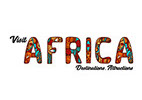
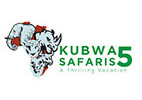









Visit Africa Copyright © 2019 - Visit Africa is a Tourism Brand of Architect Tourism SMC Limited.
Wildlife in Africa
Visit Egypt

Visit Rwanda